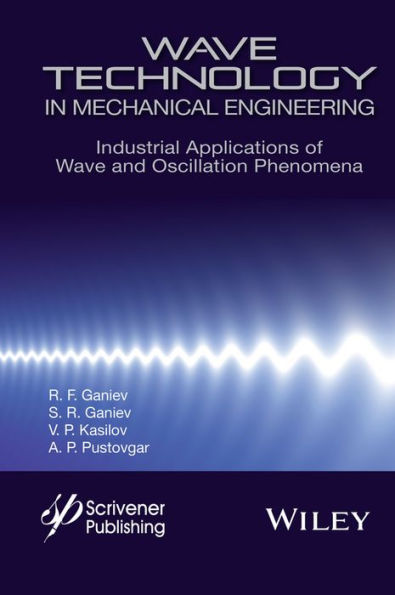5
1
9781119117605



Wave Technology in Mechanical Engineering: Industrial Applications of Wave and Oscillation Phenomena / Edition 1 available in eBook, Large Print

Wave Technology in Mechanical Engineering: Industrial Applications of Wave and Oscillation Phenomena / Edition 1
- ISBN-10:
- 1119117607
- ISBN-13:
- 9781119117605
- Pub. Date:
- 06/29/2015
- Publisher:
- Wiley

Wave Technology in Mechanical Engineering: Industrial Applications of Wave and Oscillation Phenomena / Edition 1
$196.95
196.95
In Stock

From the B&N Reads Blog
